Par-three holes don’t have to be long to play tough. Just look at the blood that was shed in the 2024 Open Championship at Royal Troon’s celebrated 8th hole, the Postage Stamp, where 123 yards and a necklace of deep pot bunkers were all that was needed to make the world’s top players dial 911. Or the annual drama at Golden Bell, the 12th hole at Augusta National, which only stretches to 155 yards but has drowned the dreams of many a Green Jacket hopeful in Rae’s Creek. Those holes, and others like them, are plenty difficult without being long.
But there’s another species of par three—the kind where a combination of brute length and accuracy over distance are required to escape them unscathed. Nine of the 10 longest of these major championship holes are from U.S. Open venues—as if brutal rough and hardpan greens aren’t enough to identify the world’s best player. The other top-10-longest par three plagued players at a PGA Championship. Across the pond, prospective Champion Golfers of the Year have had to face several long one-shotters, too. Masters contestants have had to do battle with just one truly lengthy par three, but as we all know, danger takes many forms at Augusta.
It should be noted that along with length, each of the holes on this list have other features that add to their difficulty. Dastardly bunkers. Greens with false fronts and/or steep fall-offs. Slick putting surfaces where saving par from 10 feet is a magician’s trick. Your average golfers would play par threes of this length as par fours; they’d hope to keep their tee shot in play, get on the green in two, two-putt, and run. But the pros competing in today’s majors all hit it far enough to reach these targets with a well-struck shot. The question is: Will they make the swing needed to pull it off? And will the wind cooperate and allow the high-ball hitters that predominate the professional ranks these days to hit their tee shots where they’ve aimed them?
Here’s our list of the longest par threes that have tested would-be champs in the four majors. If you get the chance to attend one of these marquee events and would like to see golf’s best players squirm, they’d be great places to camp out and witness the bedlam that’s likely to ensue.
Oakmont Country Club, 8th Hole—300 yards
When the 2007 U.S. Open was contested at Oakmont, players only hit this green in regulation 27 percent of the time. Bunkers short, left, right, and behind the green saw lots of action. The slightly downhill hole favors a right-to-left tee shot to avoid the massive bunker short and left of the green, which is relatively flat by Oakmont standards (but also Oakmont-speedy). In the final round of the 1973 Open, this was the only hole Johnny Miller bogeyed en route to his course record 63. He three-putted it.
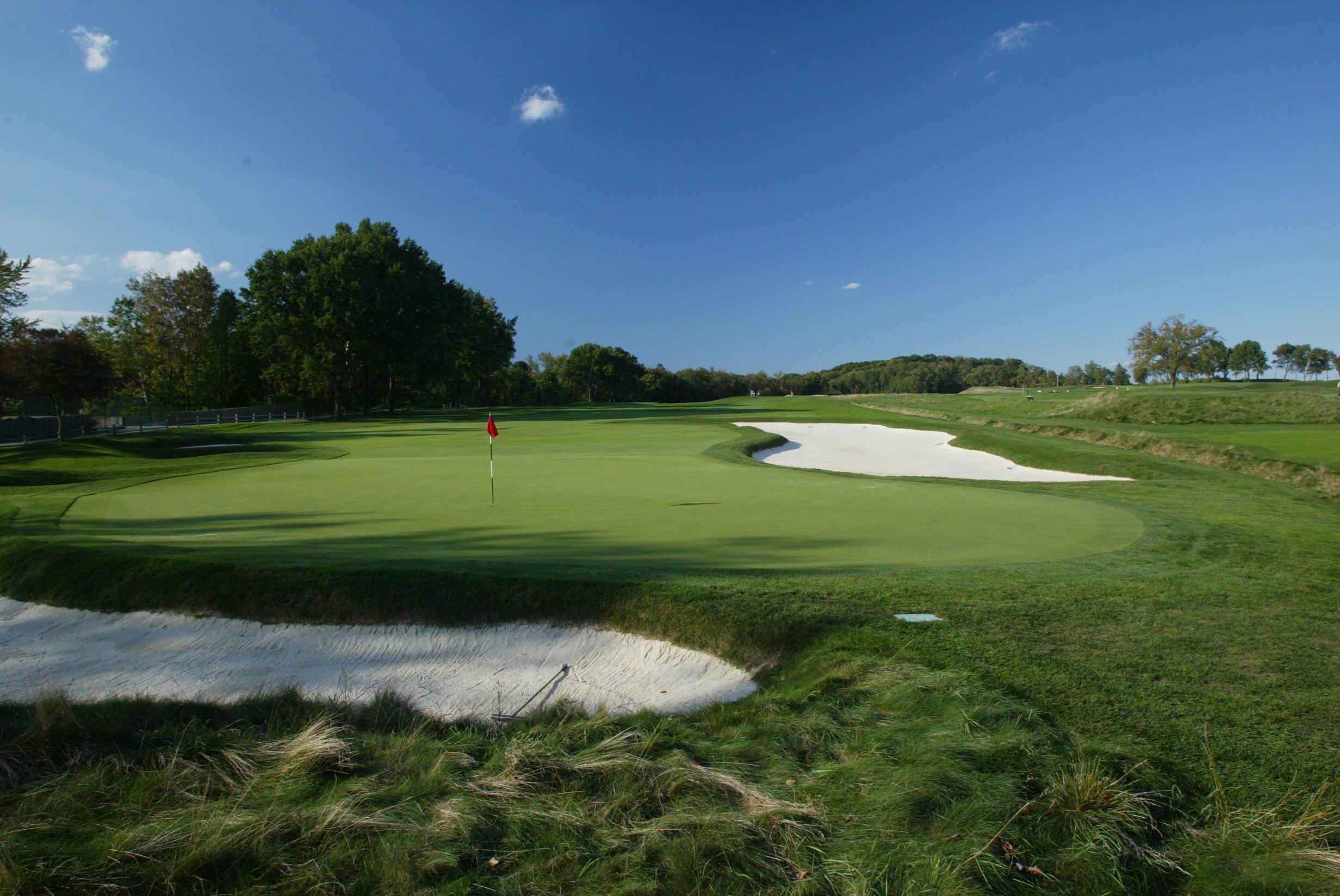
Los Angeles Country Club (North), 11th Hole—297 yards
The bunkers at LACC’s 11th hole, while deep, are all short of the reverse-redan green, which slopes gradually from back-right to front-left. That might lead you to believe that you can just fly it onto the green. And in the right conditions, some players might be able to. But it’s more likely they’ll look to use the kick-slope off a ridge that’s short and left of the green. If they hit the right spot there (and with the right shot shape), they’ll be putting for birdie. It’s just as likely that they’ll miss the green, though, and there are steep fall-offs right, left, and rear from which getting up and down will be a challenge. In the 2023 U.S. Open, many players faced that challenge and more than a few failed it.
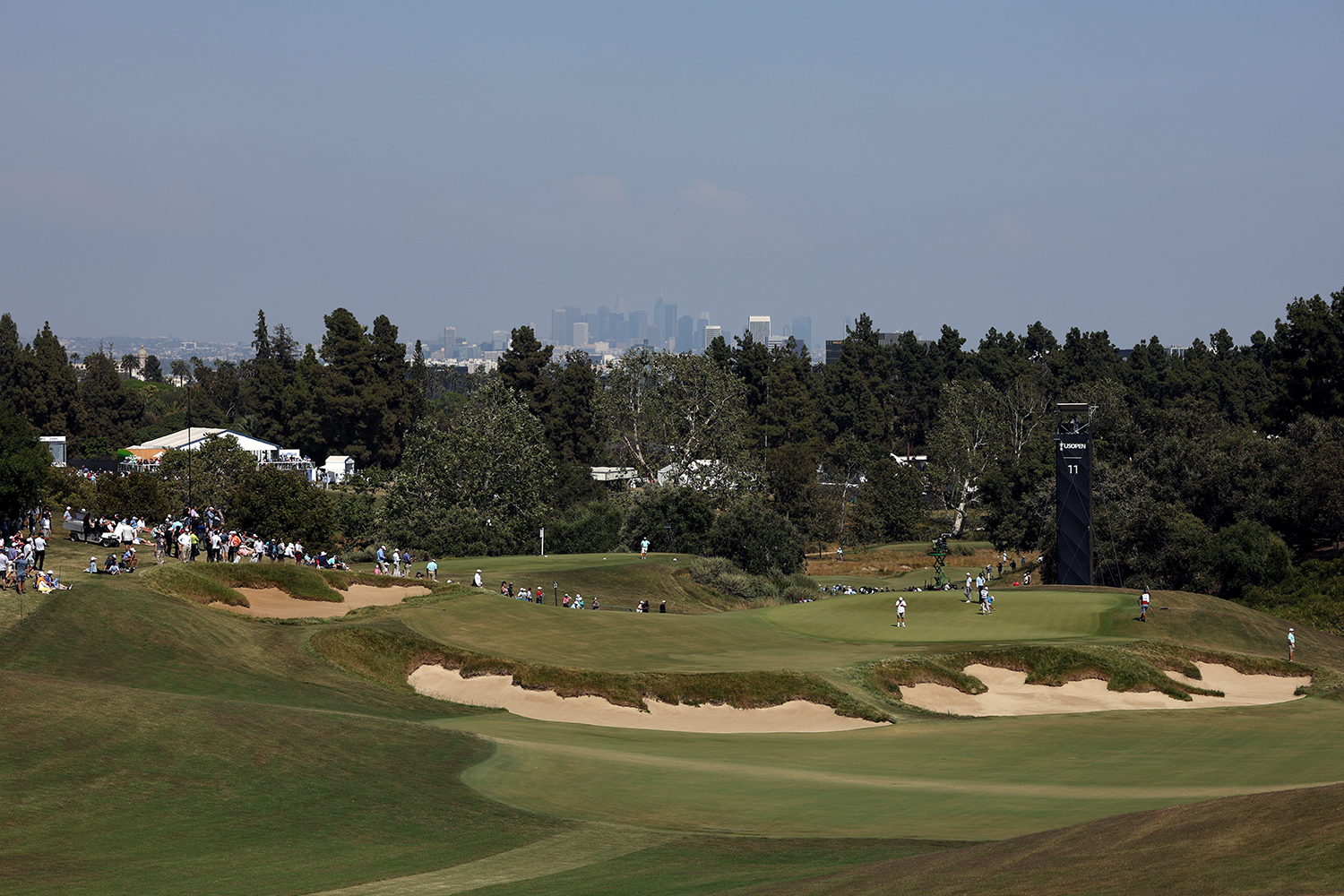
Los Angeles Country Club (North), 7th Hole—284 yards
LACC’s 7th hole can play almost as long as its 11th, since it plays slightly uphill over a sand-filled barranca. Here, another hillside short and left of the green can help kick the ball onto the putting surface, but there also trees and bushes over there. Right of the green, a squiggly bunker awaits errant shots. Three players aced the par-three 15th hole in the 2023 Open, but no such celebrations took place at the 7th.
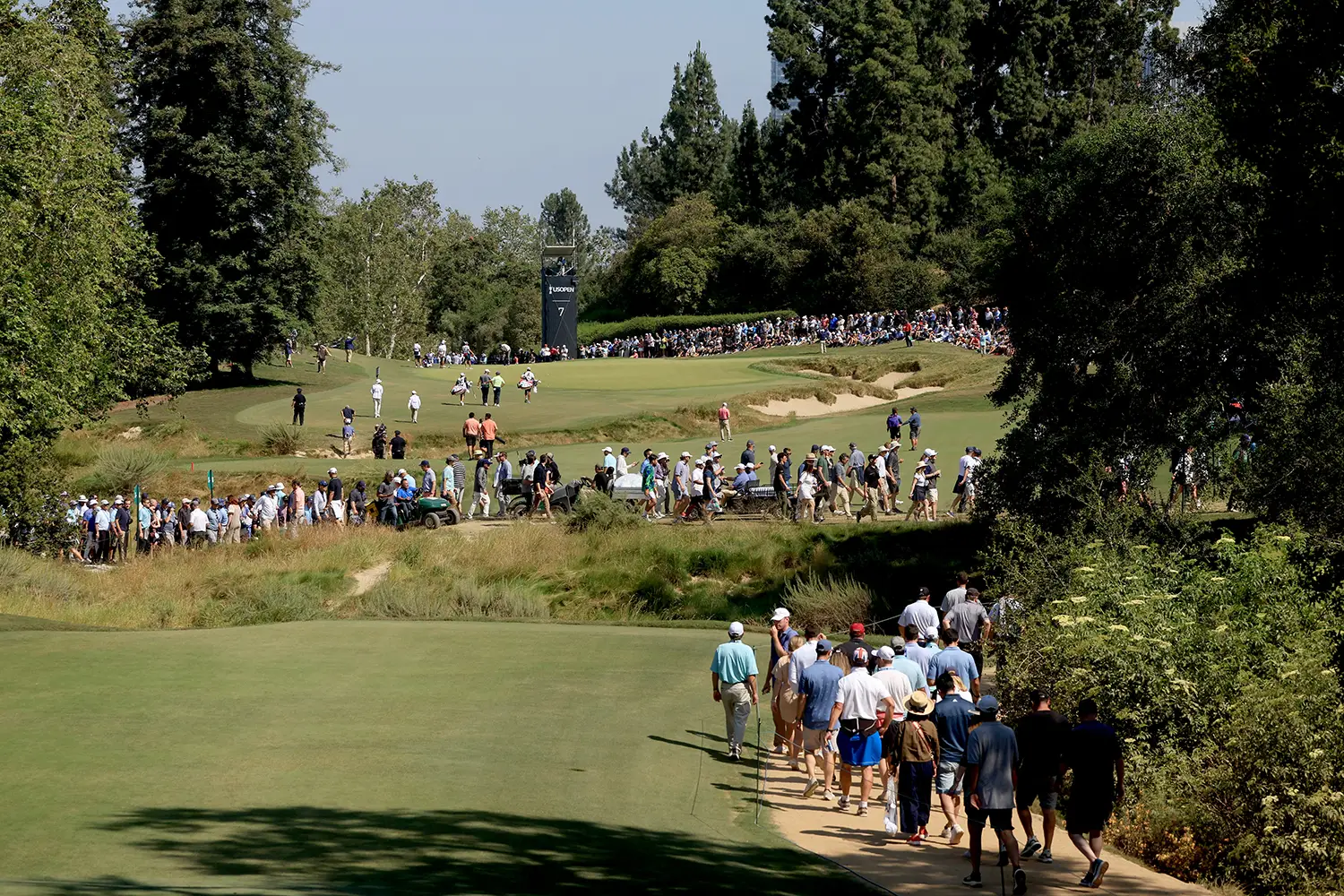
Merion Golf Club (East), 3rd Hole—256 yards
Merion throws its longest par three at players early in the round. This uphill behemoth is all-carry to the elevated and massive green, 15 feet below which lurks one of the course’s most treacherous bunkers. The green slopes steeply from back-left to front-right, so missing left and ending up either in one of the bunkers situated there or in the rough will make getting up and down almost impossible. In the 2013 U.S. Open, forward tees were also used at the 3rd, but players will remember it as the card-wrecking slog those back tees represent. Tiger Woods labeled this hole “a drivable par four.”
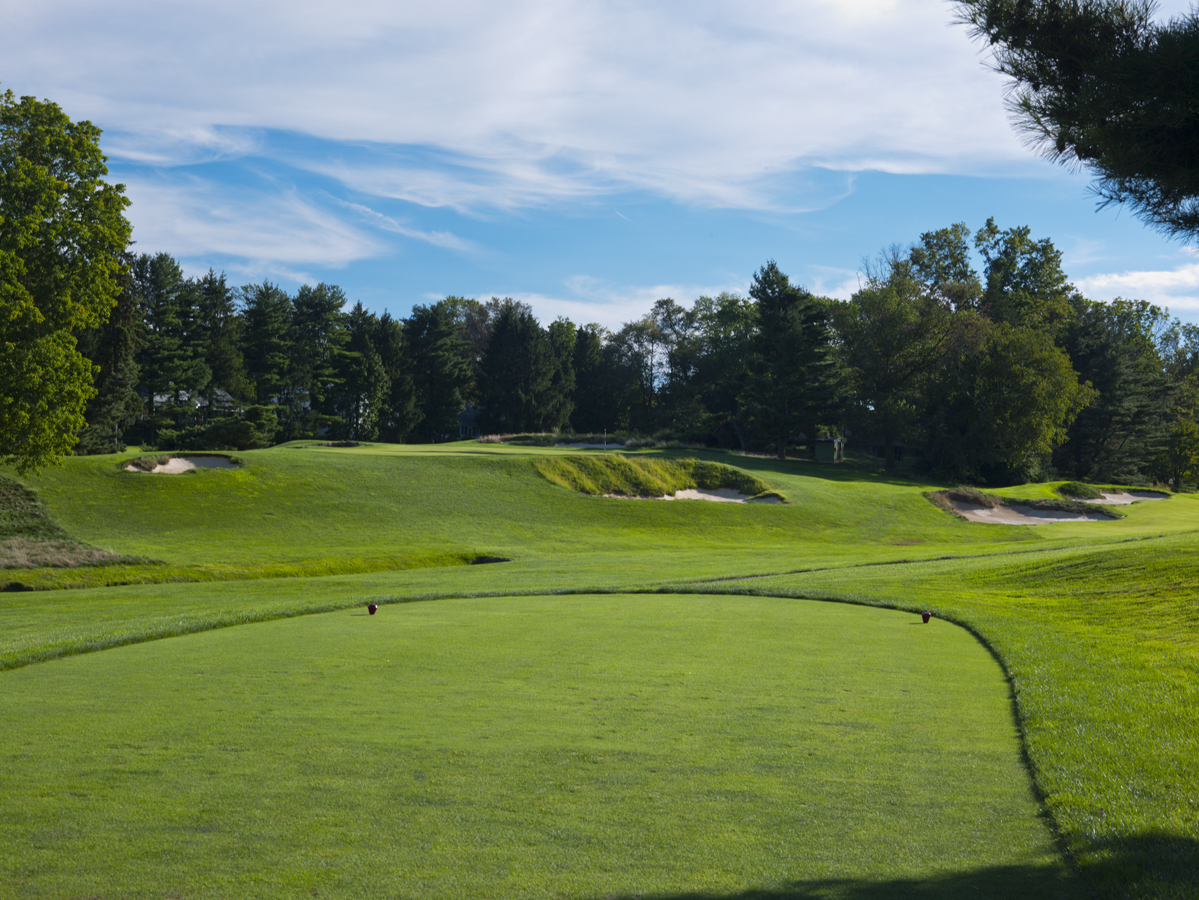
The Olympic Club (Lake), 3rd Hole—256 yards
Hole 3 at The Olympic Club’s Lake Course runs downhill, so it plays a bit shorter than its yardage would indicate. But that doesn’t make it much easier. The prevailing wind is off the left here, and there are bunkers both left and right of the relatively small green to catch shots that are mis-hit or mis-judged. From the tee, the hole offers a nice view back toward San Francisco, but players in the 2012 Open would’ve been well advised to focus on the target. Those who didn’t were lucky to escape with bogey.

Valhalla Golf Club, 14th Hole—254 yards
The last of the four tough par threes at Valhalla, the 14th practically screams that it was designed by Jack Nicklaus. Can you hit a high, fading, long iron on command? If so, you’ll be fine. The two-tiered green angles away from the tee toward its back-right, with a pair of deep bunkers guarding the near side of the green and two equally penal specimens to the rear of the left half of the putting surface, which slopes from back to front. Called “On the Rocks,” more than a few players found themselves in just that metaphorical situation after tackling this beast in the 2024 PGA Championship.
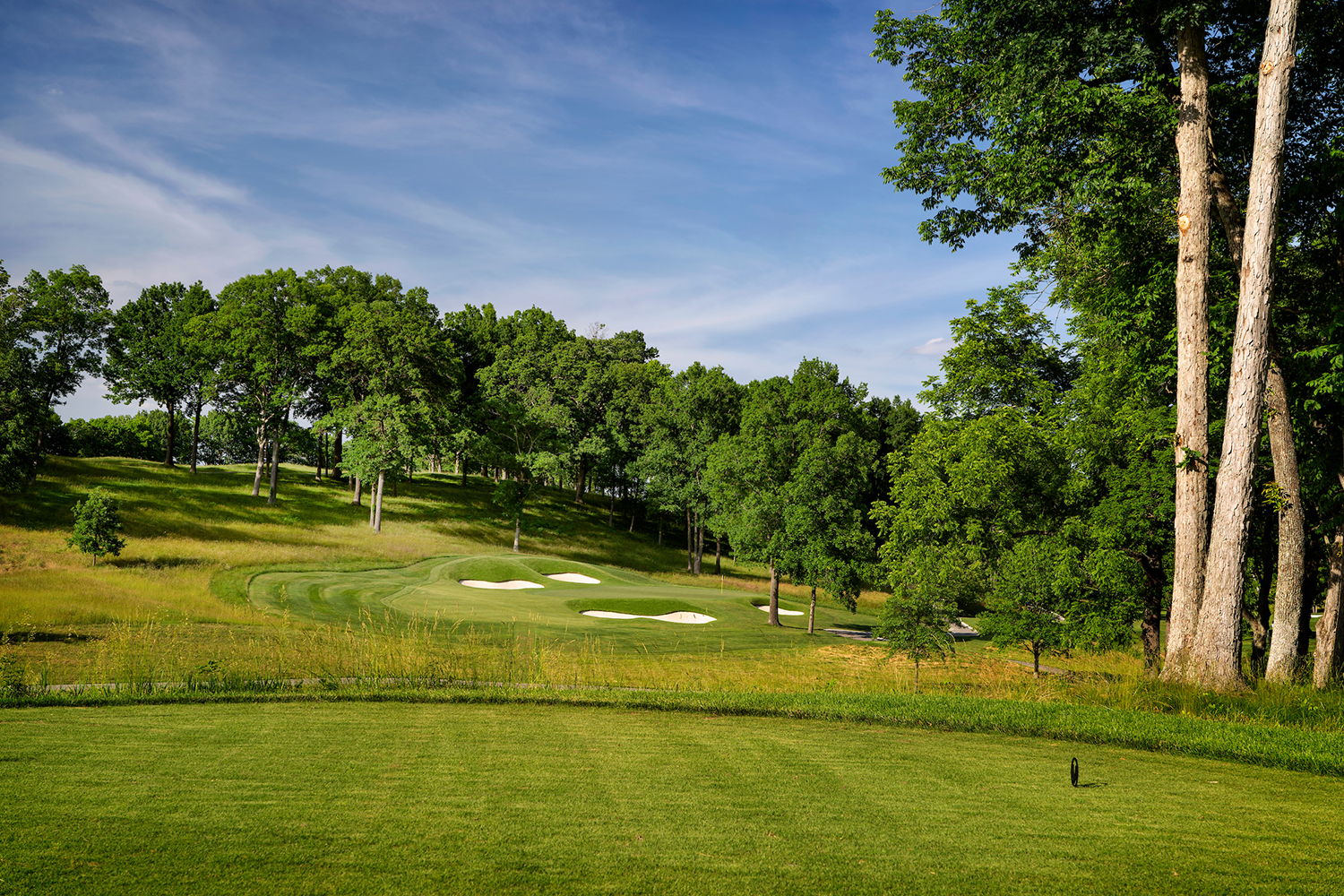
Merion Golf Club (East), 17th Hole—254 yards
Players in round three of the 2013 U.S. Open, when the USGA stretched this hole to 254 yards, will have been glad that this par three plays downhill. No bunkers guard its front, but five of them encircle its sides and rear—and one of the green’s two distinct ridges creates a wall of a false front at the entrance to the green that will reject any shot left short. The green’s amphitheater setting is a prime spot to take in the drama this hole always presents.
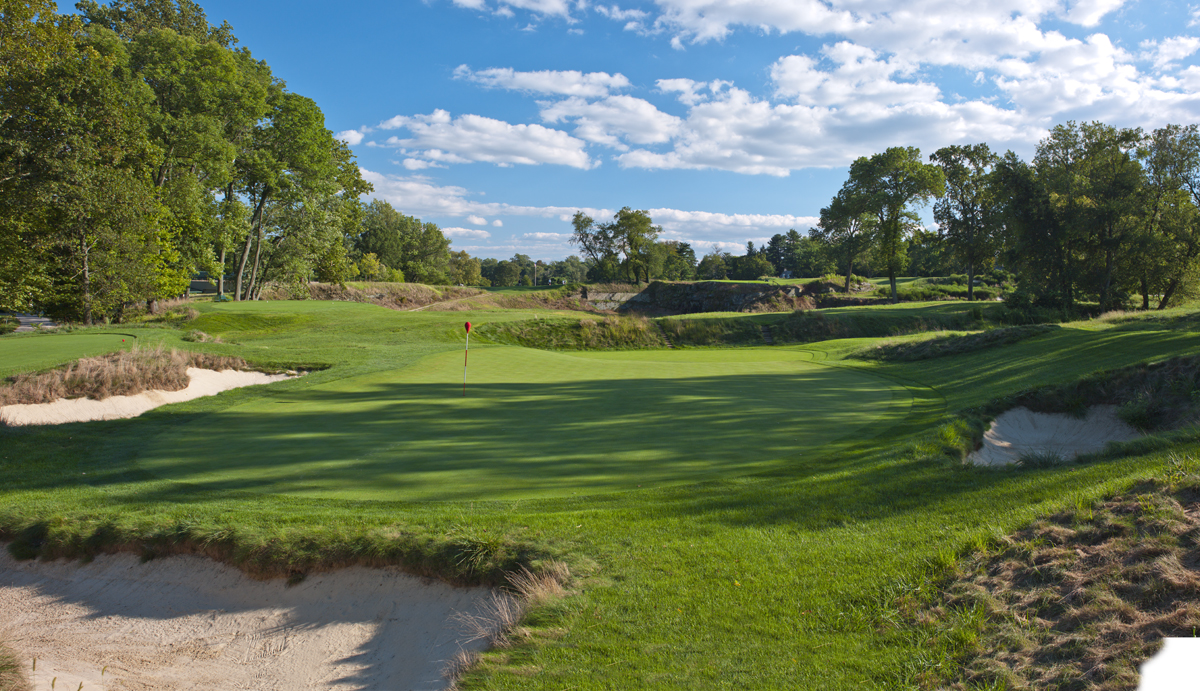
Shinnecock Hills Golf Club, 2nd Hole—252 yards
For the 2018 Open, the USGA lengthened the 2nd hole at Shinny by 26 yards from what it played in 2004. Even with the prevailing wind behind them, players will have their work cut out for them early in the round here just as at LACC. From the tee, you see tall fescue, the lips of several bunkers short-left of the green, and two more sand pits left and right of the green, which has an upslope just short of it to punish shots struck with too little vigor. Give the tee shot too much juice, though, and you’ll have a tricky up and down from behind to a green that slopes away from you.
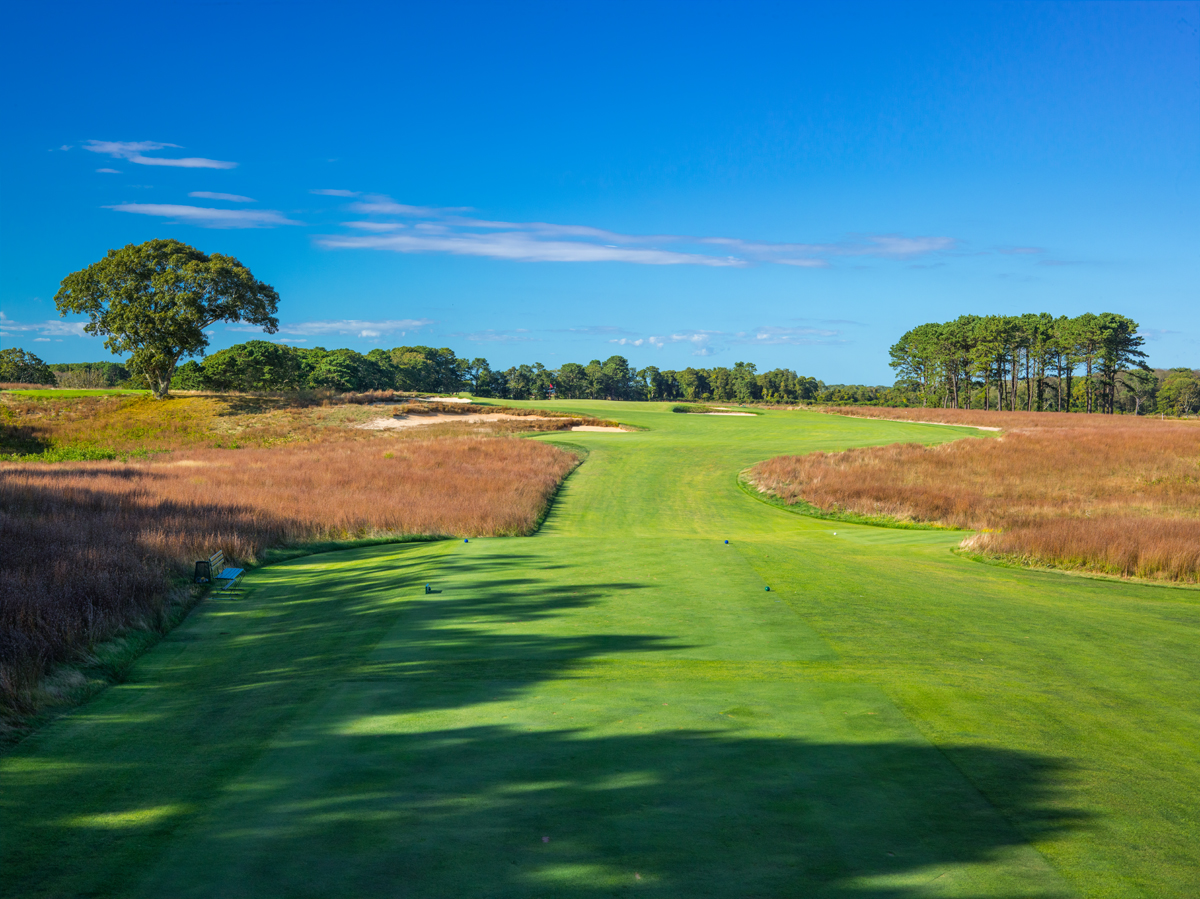
Chambers Bay, 15th Hole—252 yards
The 15th hole at Chambers Bay is as scenic as par threes come. From an elevated tee, players hit toward a lone pine standing sentinel between the green and the Puget Sound behind. Tee shots must carry a bunker as big as a beach, which wraps around the right-hand side of the green to squeeze it from behind, as well. Just for sport, there’s also a deep pot bunker stationed left of the green, which has two distinct quadrants, the right of which is the least receptive. In the final round of the 2015 U.S. Open, the hole was shortened to 158 yards, but it still gave players—including eventual champion Jordan Spieth—all they could handle. Spieth landed his tee shot 15 feet from the hole, but it drew back 40 feet to a position from which he had to make a 10-footer to save par.

Erin Hills, 6th Hole—252 yards
Hitting the hilltop green at Erin Hills’s 6th hole with your tee shot can be like landing an F-16 on a card table. From the tee, players can see the false front, which will send weak shots trundling downhill back toward the tee. And they can’t see much of the back of the green, either, as it slopes away from the middle of the putting surface. In the 2011 U.S. Amateur Championship, it played as the course’s toughest hole. In the 2017 U.S. Open, the pros fared a bit better, but sighs of relief could undoubtedly be heard by those lucky enough to par this midwestern monster.
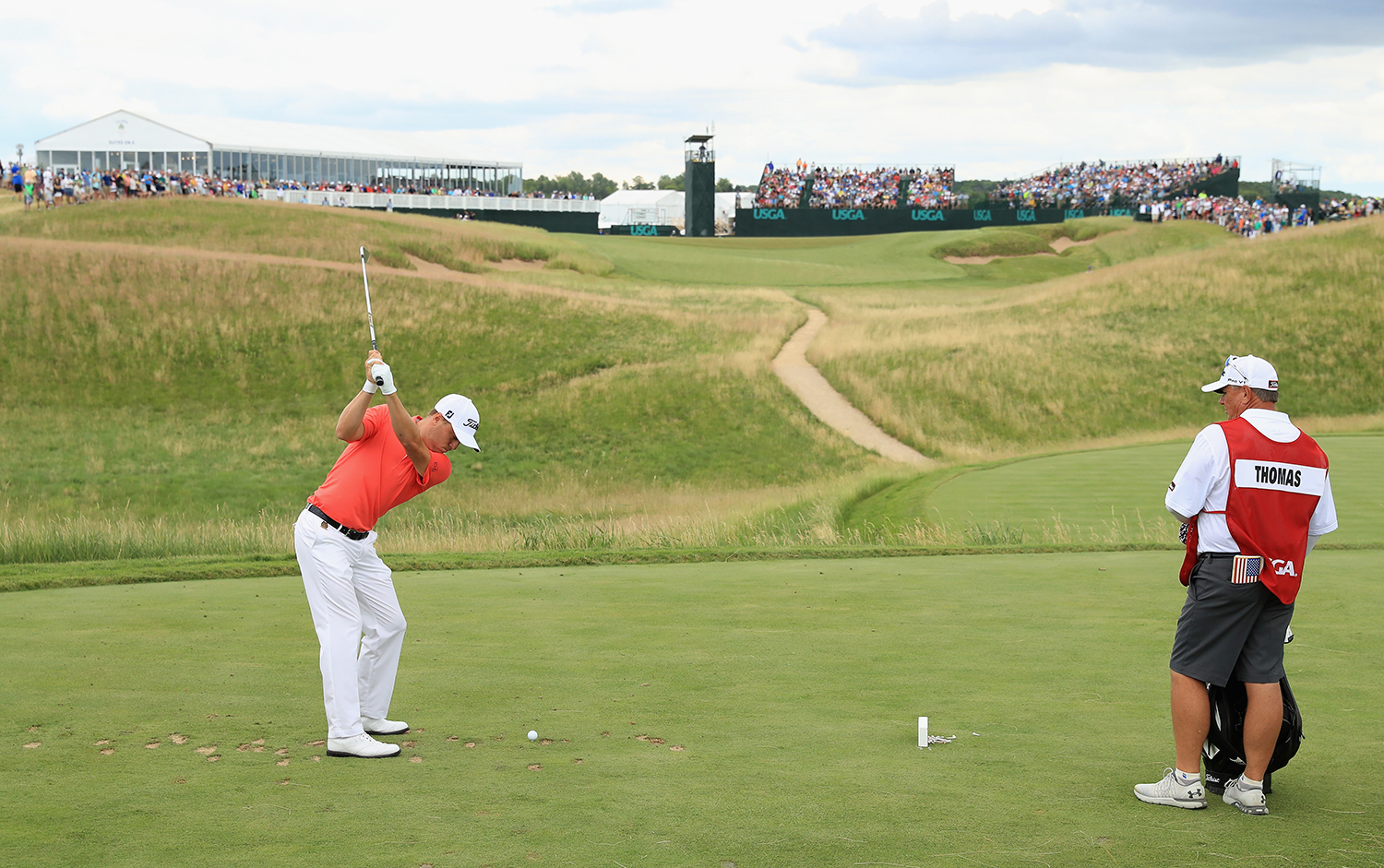
Carnoustie Golf Links, 16th Hole—248 yards
The title of longest hole in Open Championship history goes to Carnoustie’s 16th, the start of a finishing stretch that’s among the most taxing in golf. Even with no wind, this hole would be a brute. But rare is the day when nae wind is blowing at Carnoustie. If it’s howling in the player’s face, this green could be unreachable for many. Side winds make it even more treacherous, as there are imposing pot bunkers both left and right of the narrow, elevated green that runs 50-plus yards from front to back and has fall-offs on every side. Tom Watson bogeyed this hole all four times in the 1975 Open. Being Tom Watson, he won the tournament anyway.

Royal Troon Golf Club, 17th Hole—242 yards
Royal Troon’s penultimate hole isn’t the course’s most scenic, but it’s a strong hole in every way. The green sits on its own rounded plateau, with one deep pit short of the green, another to its front-left, and a trio of others guarding its right flank. The bunkerless sides of the green feature steep fall-offs, so any shot that misses the putting surface will leave a testing uphill pitch shot. In the 2024 Open, with rain coming in sideways, Scottie Scheffler stiffed his tee shot here with a fairway wood—a shot that no one, including Scottie, could quite believe.

Augusta National Golf Club, 4th Hole—240 yards
The hilltop-to-hilltop 4th hole at Augusta National isn’t always played from the back tees. But it’s still historically the third-hardest hole on the course, with an average score of 3.27. There are lots of reasons for its degree of difficulty: a deep bunker short of the green; a green that slopes severely from back to front, making both recovery shots and putts a challenge to keep on the right line; and wind that swirls in that corner of the property just as it does around Amen Corner. In the 2012 Masters, Phil Mickelson shot a third-round 66 to move within one shot of the lead going into Sunday. Lefty’s hopes of winning the green jacket evaporated that Sunday when he took a triple-bogey six at the 4th after getting an unfortunate carom off the grandstand left of the green and into a bush. Interestingly, Phil said he had been aiming that way because he felt he’d have a better chance of making par to the front hole location from that side of the green. In all the years the Masters has been played, only once has this hole been aced: by Jeff Sluman in 1992. One wonders what Phil would have paid for Jeff’s ace.
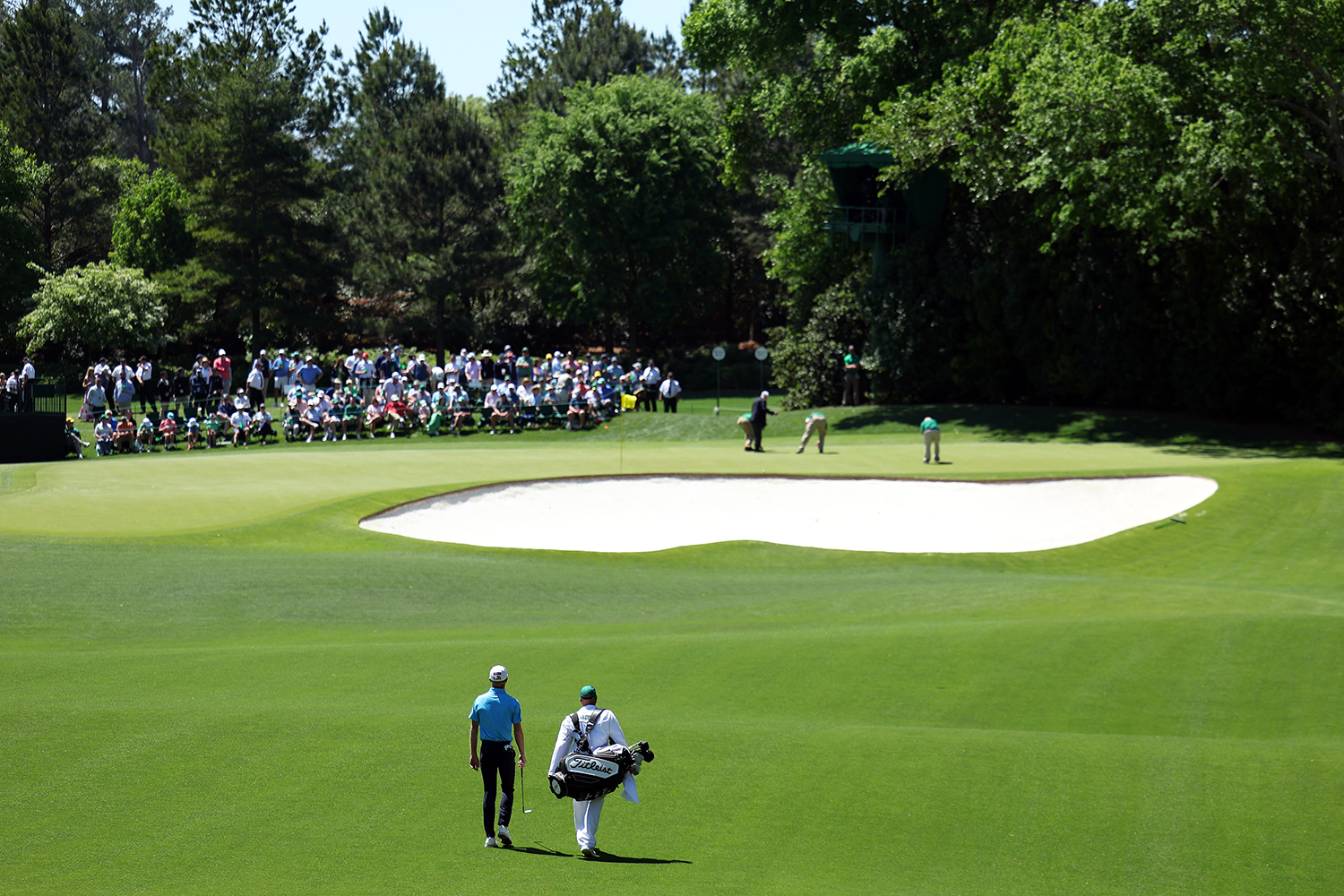
Royal Portrush Golf Club (Dunluce), 16th Hole—236 yards
Looking at the sliver of land on which this par three called “Calamity” was sited, you must wonder how it ever occurred to course designer Harry Colt to put it there. Between tee and green there’s nothing but a thin strip of flat land, just enough to walk to the green on, and the green itself is less than 40 paces at its widest. Anything hit right of the green will end up somewhere down the side of a steep dune in a no-hope chasm choked with thick rough. Anything left of it, in the area known as “Bobby Locke’s Hollow” because Locke intentionally aimed there, leaves a chip or pitch shot to a putting surface that’s running away from you. And of course, this is Northern Ireland, where strong winds are as prevalent as strong drink. The 17th and 18th holes on this famed course were completely reimagined for the 2019 Open won by native son Shane Lowry. But Calamity needed no such updating.



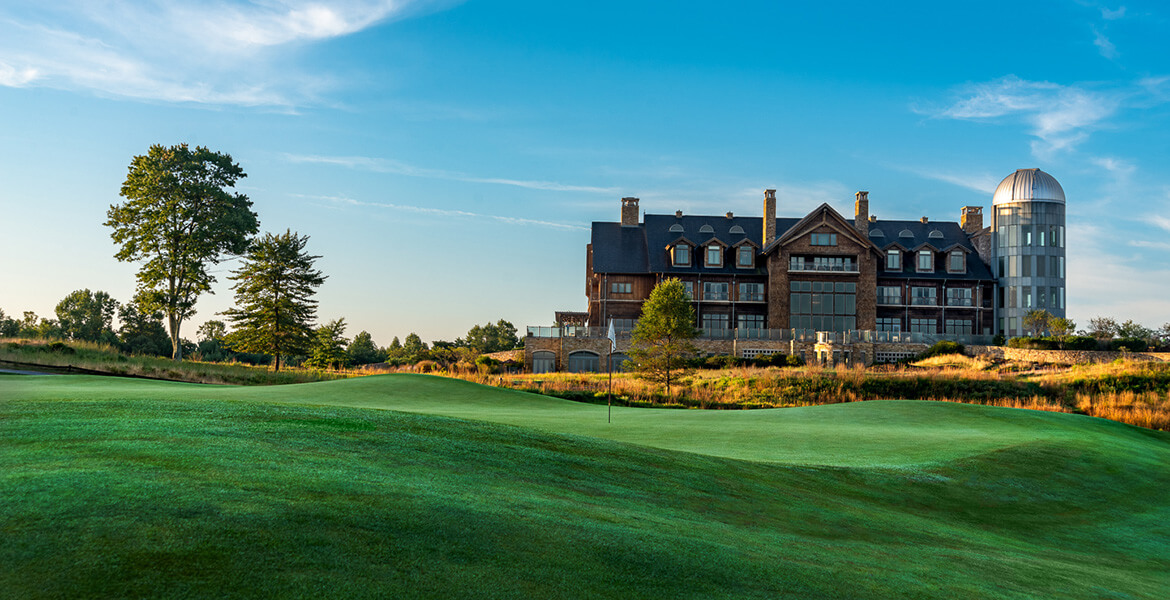
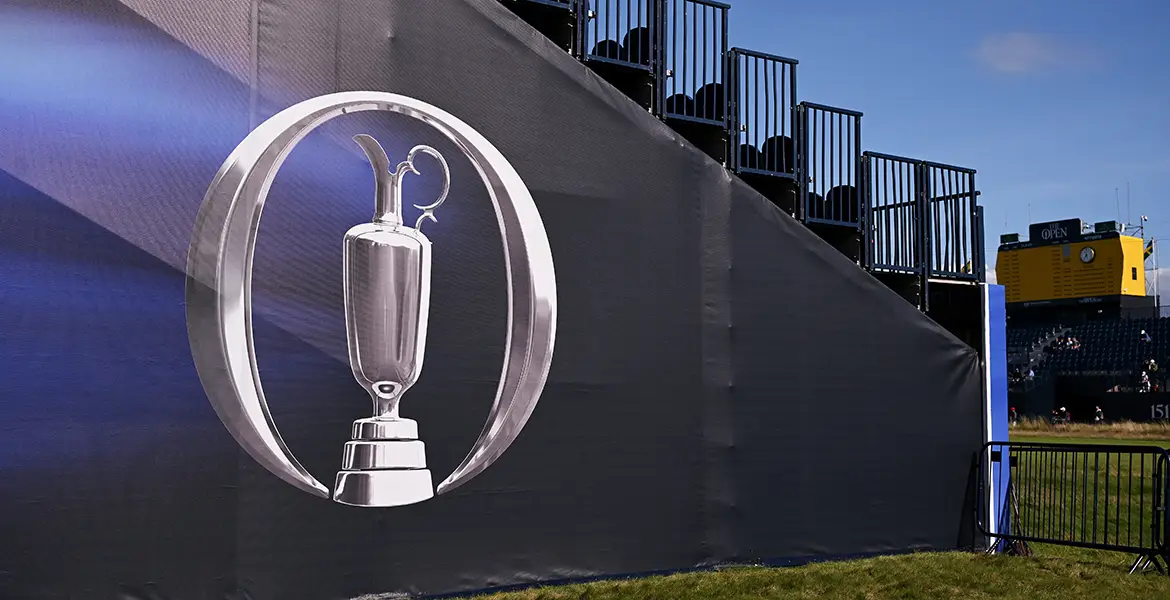


6th hole at Quail Hollow is 249. Not sure why it was omitted
A few years ago I took to calling the 8th at Oakmont “a drivable par 3” !